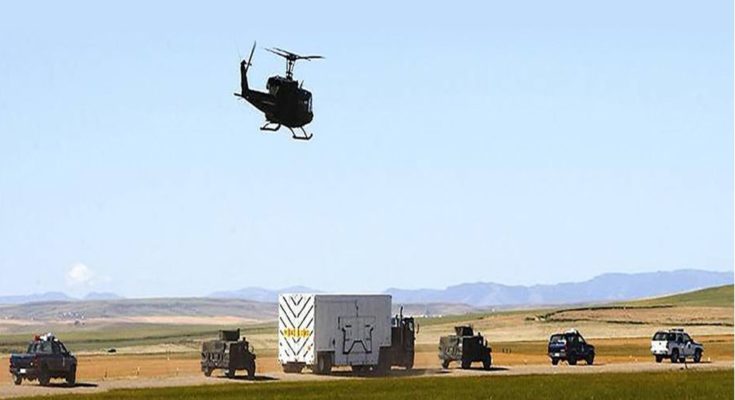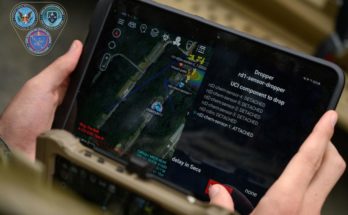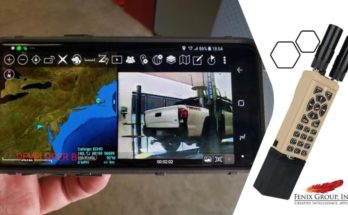Shepard Media reports that Persistent Systems (a TAK Licensee), who recently got a $25M award for the Air Force is actually doing that work for the nuclear enterprise for a program called WaRTAK as a tech refresh, integrating radios, SATCOM and cellular.
Here’s the meat of the article:
USAF security forces tasked with protecting nuclear weapons are receiving enhancements to their communications systems.
On 8 April, Persistent Systems announced that it had received a contract worth $25 million for the refresh of the company’s Wave Relay Tactical Assault Kit (WaRTAK). This is used by the USAF 90th Security Forces Group (90th SFG), which is tasked with protecting Warren AFB in Wyoming.
Warren AFB is one of three facilities which deploys the Boeing LGM-30G Minuteman-II ICBM. Around 150 ICBMs are kept at a continuous 24-hour alert in launch siloes dispersed across a 24,900 sq km area spanning three states. The 90th SFG is tasked with providing security across the entirety of this territory and the base’s many facilities in austere environments where cellular coverage may not always be available.
At the core of WaRTAK is the MPU5 radio from Persistent Systems, carrying its proprietary Wave Relay algorithms which enable mobile ad-hoc networking. Wave Relay allows the radios to exploit several different communications protocols. Should one become unavailable, the radio will automatically switch to an available protocol and use that.
For example, the MPU5 can perform cellular communications and SATCOM, alongside conventional radio communications. If one person is talking to another using cellular channels and these suddenly become unavailable, the MPU5 will automatically switch to an available protocol such as SATCOM without the user noticing. SATCOM automatically cuts out if the user enters a building, at which point the radio will revert to cellular or UHF radio communications in an instant.
‘Even if you are talking over your cellphone you would never know if it flipped over to satellite,’ said Adrian Robenhymer, Persistent Systems’ VP for business development with the USAF, intelligence community and US Department of Energy.
The April contract for Persistent Systems covers a ‘technical refresh’ of the overall WaRTAK architecture. Existing MPU5 radios in use with the 90th SFG’s personnel, vehicles and aircraft will be replaced with units featuring reduced-SWaP hardware.
The Wave Relay software equipping these radios will have higher bandwidths with enough data throughput to carry high-definition video, and to use 4G and 5G cellular protocols. Previously, Android devices used by the SFG for situational awareness and C2 had to download Persistent Systems’ ATAK Android-based software to allow them to send and receive traffic using the MPU5. The refresh will see this software moved inside the radio. As a result, any Android device can simply be plugged into the radio to access ATAK, said Robenhymer.



